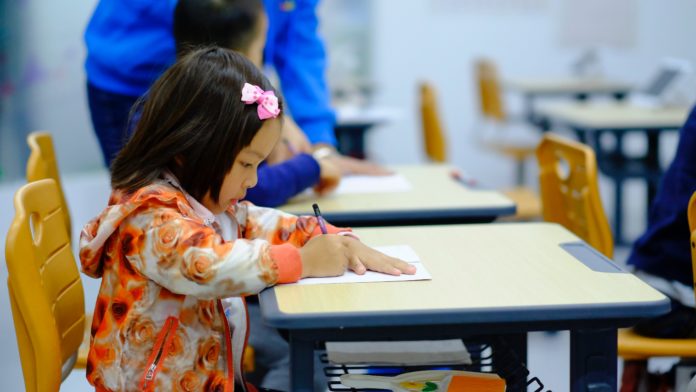Differentiated instruction (DI) begins with an accurate understanding of what DI is—and is not. You may be surprised how easy it is to incorporate into your classrooms.
1. Differentiated instruction IS proactive.
In a differentiated classroom, the teacher assumes that different learners have differing needs and proactively plans lessons that provide a variety of ways to “get at” and express learning. The teacher may still need to fine tune instruction for some learners, but because the teacher knows the varied learner needs within the classroom and selects learning options accordingly, the chances are greater that these experiences will be an appropriate fit for most learners.
Effective differentiation is typically designed to be robust enough to engage and challenge the full range of learners in the classroom.
2. Differentiated instruction IS more qualitative than quantitative.
Many teachers incorrectly assume that differentiating instruction means giving some students more work to do, and others less. For example, a teacher might assign two book reports to advanced readers and only one to struggling readers. Or a struggling math student might have to complete only computation problems while advanced math students complete the computation problems plus a few word problems.
Although such approaches to differentiation may seem reasonable, they are typically ineffective. One book report may be too demanding for a struggling learner. A student who has already demonstrated mastery of one math skill is ready to begin work with a subsequent skill. Simply adjusting the quantity of an assignment will generally be less effective than altering the nature of the assignment.
3. Differentiated instruction IS rooted in assessment.
Teachers who understand that teaching and learning approaches must be a good match for students look for every opportunity to know their students better. They see conversations with individuals, classroom discussions, student work, observation, and formal assessment as ways to keep gaining insight into what works for each learner. What they learn becomes a catalyst for crafting instruction in ways that help every student make the most of his or her potential and talents.
In a differentiated classroom, assessment is no longer predominantly something that happens at the end of a unit to determine “who got it.” Diagnostic pre-assessment routinely takes place as a unit begins. Throughout the unit, the teacher assesses students’ developing readiness levels, interests, and approaches to learning and then designs learning experiences based on the latest, best understanding of students’ needs. Culminating products, or other means of “final” or summative assessment, take many forms, with the goal of finding a way for each student to most successfully share what he or she has learned over the course of the unit.
4. Differentiated instruction IS taking multiple approaches to content, process, and product.
In all classrooms, teachers deal with at least three curricular elements: (1) content—input, what students learn; (2) process—how students go about making sense of ideas and information; and (3) product—output, or how students demonstrate what they have learned.
By differentiating these three elements, teachers offer different approaches to what students learn, how they learn it, and how they demonstrate what they’ve learned. What the different approaches have in common is that they are crafted to encourage all students’ growth with established learning goals and to advance the learning of both the class as a whole and individual learners.
5. Differentiated instruction IS student centered.
Differentiated classrooms operate on the premise that learning experiences are most effective when they are engaging, relevant, and interesting to students. A corollary to that premise is that all students will not always find the same avenues to learning equally engaging, relevant, and interesting. Further, differentiated instruction acknowledges that later knowledge, skill, and understandings must be built on previous knowledge, skill, and understandings—and that not all students possess the same learning foundations at the outset of a given investigation.
Teachers who differentiate instruction in academically diverse classrooms seek to provide appropriately challenging learning experiences for all their students. These teachers realize that sometimes a task that lacks challenge for some learners is frustratingly complex to others.
6. Differentiated instruction IS a blend of whole-class, group, and individual instruction.
There are times in all classrooms when whole-class instruction is an effective and efficient choice. It’s useful for establishing common understandings, for example, and provides the opportunity for shared discussion and review that can build a sense of community.
A differentiated classroom is marked by a repeated rhythm of whole-class preparation, review, and sharing, followed by opportunity for individual or small-group exploration, extension, and production.
7. Differentiated instruction IS “organic” and dynamic.
In a differentiated classroom, teaching is evolutionary. Students and teachers are learners together. While teachers may know more about the subject matter at hand, they are continuously learning about how their students learn. Ongoing collaboration with students is necessary to refine learning opportunities so they’re effective for each student. Teachers monitor the match between learner and learning and make adjustments as warranted.
Source: Adapted from How to Differentiate Instruction in Academically Diverse Classrooms, 3rd Edition, by Carol Ann Tomlinson, Alexandria, VA: ASCD. ©2017 by ASCD. All rights reserved.







